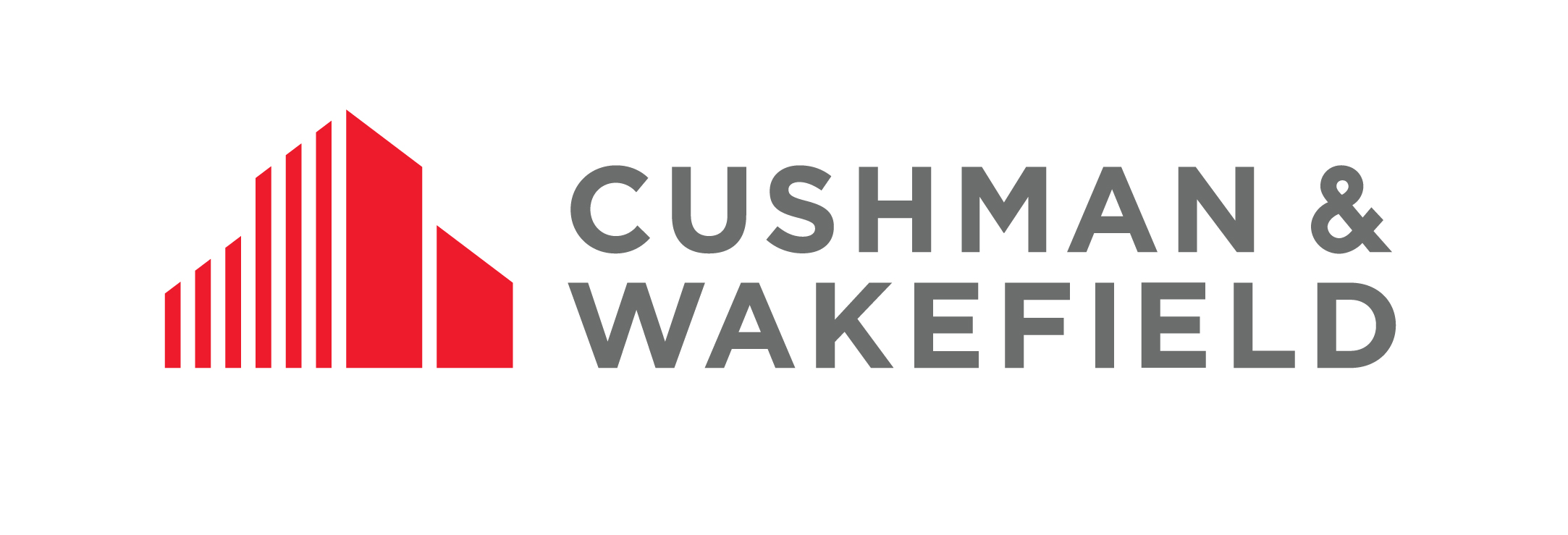Information
-
Document No.
-
Audit Title
-
Client / Site
-
Conducted on
-
Prepared by
-
Location
-
Personnel
Forms and Permits
-
MOP Job Safety Analysis ( JSA ) Form
-
Pre-Job Safety Briefing Form (includes section for employee initials to verify injury during shift)
-
NiSource Gas Transmission and Storage Construction Safe Work Permit
-
NiSource Gas Transmission and Storage Ground Disturbance and Hazard Assessment Checklist
Worksite Protection
-
Cones are properly placed. OSHA 1926.202
-
Signage properly placed. OSHA 1926.202
-
Adequate cushion / warning for drivers. OSHA 1926.202
-
Signs and crosswalks available for pedestrians. OSHA 1926.202
-
Adequate clearance from overhead and other hazards. OSHA 1926.21(b)(2)
-
Flagger present if necessary. OSHA 1926.201(a)(1)
-
Flagger positioning visible to drivers. OSHA 1926.201(a)(1)
-
Flagger is wearing / using proper PPE / equipment ( Hard Hat, Vest, Paddle, Flag ) OSHA 1926.201(a) and 1926.95(a)
-
Retro-Reflective equipment and flashers in use at night. OSHA 1926.201and1926.202
-
Initial gas readings taken prior to entering excavation. OSHA 1926.55(a)(b) and 1926.651(g)
Personal Protective Equipment ( PPE )
-
Eye and Face Protection. OSHA 1926.102
-
Head Protection. OSHA 1926.100
-
Hearing Protection. OSHA 1926.101
-
Hand Protection / Gloves OSHA 1910.138
-
Hi-Vis Clothing. OSHA 1926.28(a)
-
Reflective Vests OSHA 1926.28(a)
-
Long Sleeve Clothing. OSHA 1910.132(d)
-
FR Clothing. OSHA 1910.132(d)
-
Foot Protection ( steel toes or equivalent ) OSHA 1926.96
Respiratory Protection
-
O2 monitors worn by employees in excavations with live gas mains. OSHA 1926.55(a)
-
Employees using respirators have been properly fit tested and trained. OSHA 1926.103 and 1910.134
-
Employees using respirators are clean shaven at the time of use. OSHA 1926.103 and 1910.134
-
Respirators properly inspected, cleaned, stored, and maintained. OSHA 1926.103 and 1910.134
-
Proper cartridges are being used and replacements are available on site for change out if necessary. OSHA 1926.103 and 1910.134
-
Standby employees are trained, equipped, and positioned appropriately. OSHA 1926.103 and 1910.134
Worksite Housekeeping
-
Worksite free of clutter and debris. OSHA 1926.25
-
Equipment, machines / tools do not block pathways or egress. OSHA 1926.250 and 1926.602(a)
-
Trip, slip, and fall hazards. OSHA 1926.20(b)
-
Tools properly stored / staged. OSHA 1926.250
-
Cables and hoses properly managed. OSHA 1926.250
Job-site Ergonomics
-
Proper lifting techniques being used. OSHA 1926.20(b)
-
Employees cognizant of and positioned away from hazards, moving parts and equipment. OSHA 1926.20(b)
-
Pinch points being observed. OSHA 1926.20(b)
Equipment and Tools
-
Grounding of tools, pipes, and containers. OSHA 1926.403 and 1926.404
-
Equipment inspection done before use and paperwork completed. OSHA 1926.601(b)(14)
-
Adequate lighting / viability. OSHA 1926.26
-
Air tool hoses and safety pins in place. OSHA 1926.302(b)
-
Manufacturers guards and safety components in place on power tools. OSHA 1926.300 (b)
-
Proper electrical cords and GFCI in use. OSHA 1926.403 and 1926.405
Fire protection
-
Placement of vehicles and ignition sources upwind / away from job-site. OSHA 1926.151
-
Extinguisher appropriate to work-site requirements. OSHA 1926.150
-
Extinguisher inspection tag present and current. OSHA 1926.150
-
If blowing gas, extinguisher is attended. 1926.150
Trench /Excavation Safety
-
Hand digging used when approaching / crossing buried facilities. OSHA 1926.651
-
Egress available: ladders, ramp or steps within 25 feet of workers (excavation depth of 4 feet)<br>
-
Shoring / sloping / step back / trench box in place at 5 foot excavation depth. OSHA 1926.651
-
Spoil pile / tools / equipment at least 2 feet away from excavation edge. OSHA 1926.651
-
Soil conditions and site checked after each break in work sessions. OSHA 1926.651
Materials of Trade Compliance
-
All containers / quantities below Hazmat placard requirements. 49 CFR 397
-
Containers correct for purpose and labeled properly. 49 CFR 173
-
Containers in good /safe condition. 49 CFR 173
-
Containers secured. 49 CFR 173
-
Spill kits on board and stocked. 49 CFR 173
Vehicles and Trailers
-
Commercial Motor Vehicle inspection completed before use and written proof available. 49 CFR 396.11
-
Insurance card and accident reporting packages on board and current. 49 CFR 381.1
-
Operators CDL available and current. 49 CFR 383
-
Drivers medical certification available and current. 49 CFR 391
-
Trailer hook ups and hitches, including hooks, chains, and binders.
-
Vehicle properly marked and equipped with required safety equipment. 49 CFR 392






![DRAFT NOT FOR USE - MADEC Client Inspection [Cleaning] Checklist - Site Assessment Only - April 2024 DRAFT NOT FOR USE - MADEC Client Inspection [Cleaning] Checklist - Site Assessment Only - April 2024](/media/646ca8ce-d5a5-40e0-b293-9274ce1c80f4)






